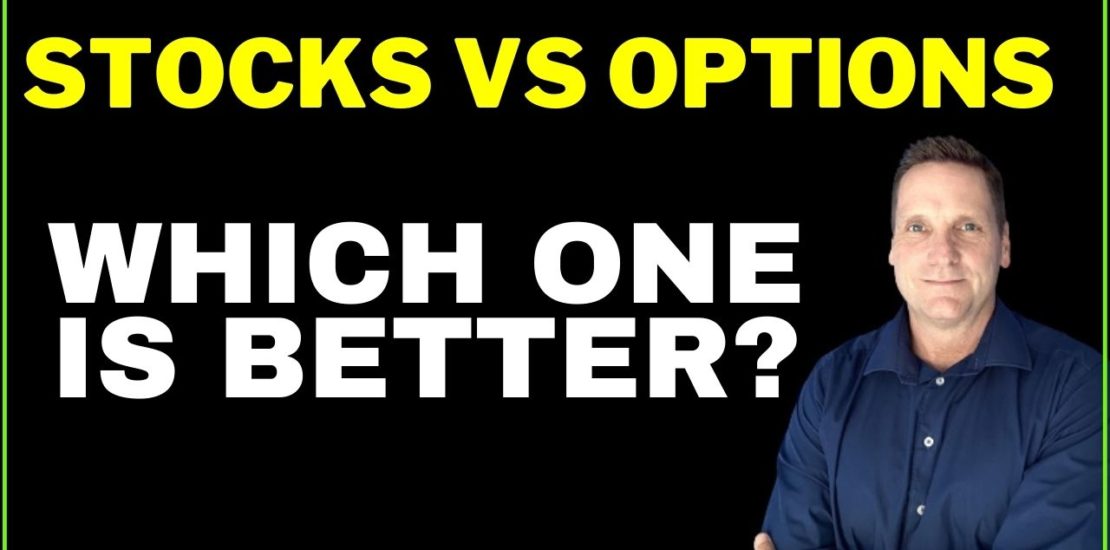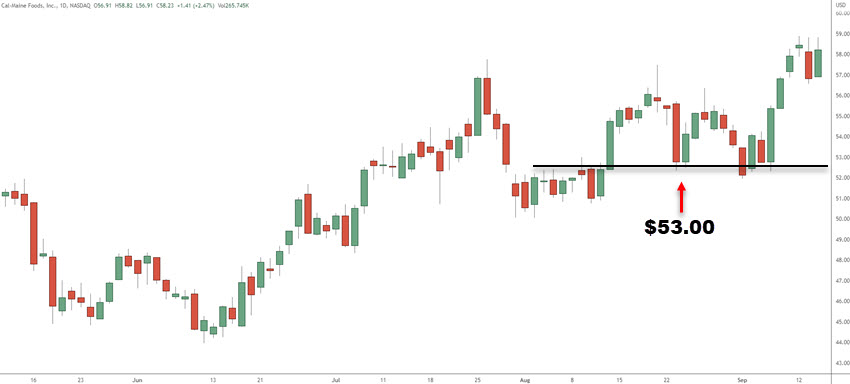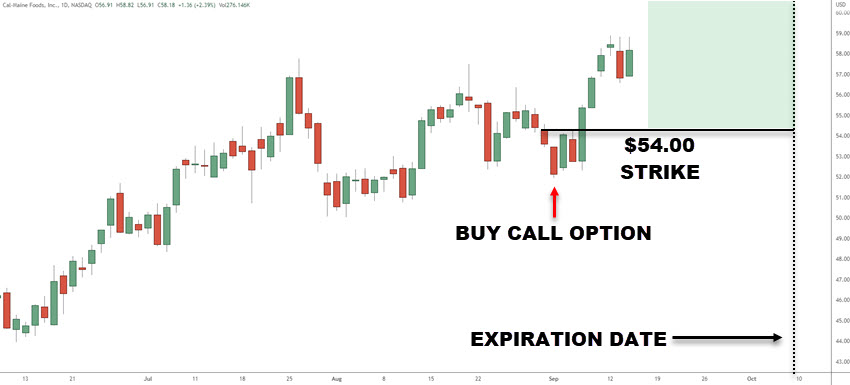- September 22, 2022
- Posted by: Shane Daly
- Categories: Options Trading, Trading Article

When you’re trading stocks, you’re buying and selling shares of a company. However, when you’re trading options, you’re buying and selling the right but not the obligation to purchase or sell a stock at a certain price by a certain date.
This can be a great way to protect your investments through hedging or to speculate on the movement of the stock market.
In this article, we will discuss the differences between trading options and trading stocks so that you can make an informed decision about which is right for you!
What Is Stock Trading?
Stock trading is the buying and selling of shares of a company. When you buy shares, you become a partial owner of that company. No, you don’t have any say in the day-to-day operations of the company.
There are two main ways to make money from stocks: dividends and capital gains. Dividends are a portion of the company’s profits that are distributed to shareholders. Not all stocks offer dividend payments but they are, for those interested, a good way to make passive income.
Capital gains occur when you sell your shares for more than you paid for them.
As an example, let’s say you are bullish and you buy 100 shares of CALM for $53 per share at the red arrow. This would cost you $5300 of capital. If price stays above $53.00, you are in profit and below that price, you’d be at a loss.
Key point: It does not matter how long it takes for CALM to make a profit when trading stocks.
CALM eventually has a strong move to the upside and its stock price goes up to $58.00 per share. You can then sell your shares at the new price for a profit of $5.00/share or $500.00. This relates to a return of 9% on your initial investment to purchase the stock.
 The key thing to remember is that to control those 100 shares when trading stocks, you will need to use $5300 of your capital to buy them. For many traders, this is a lot of risk to put on in the market and many don’t have that capital available.
The key thing to remember is that to control those 100 shares when trading stocks, you will need to use $5300 of your capital to buy them. For many traders, this is a lot of risk to put on in the market and many don’t have that capital available.
Making money in the form of dividend payments requires that you own shares of the company for a set period (usually one quarter). If you sell your shares before the dividend is paid, then you will not receive the dividend. We will cover trading/investing for dividends at a later date.
What Is Options Trading?
Options trading is the purchasing of the right (but not the obligation) to buy or sell a particular security at a specific price by a specific date. Options are often used as a way to protect investments or to speculate on the movement of the stock market.
There are two types of options: call options and put options. Using either of these is a pure directional play on the underlying stock. Call options give you the right to purchase a security at a specific price, while put options give you the right to sell a security at a specific price.
For our example of buying a call option, let’s return to CALM where you are bullish on this stock.
Instead of using a large amount of capital at the red arrow buy point to buy the stock, you choose to buy the contract at at $54.00 strike price. You are betting that CALM will rise above $54.00 at some point in the future and before the dotted black line (expiration date). The black dotted line represents the expiration date of the contract.
The price you pay to control 100 shares of the stock is called the premium. Just as an example, let’s say it costs you $3.00/share or $300 per contract you buy (premium).

Any price above $54.00 means you are in profit.
At the highs, CALM was priced at $58.00 and did so prior to expiration. This means that you have made $4.00/share profit or $400.00 for the contract for an investment of $300.00.
Options trading can be a great way to make money if you are educated on the ins and outs of trading them. However, it can also be a great way to lose money if you don’t understand the risks involved.
The Difference Between Stock Trading and Options Trading
The biggest difference between stock trading and options trading is the amount of risk involved, the leverage available, and the strategies you can use.
When you buy stocks, you are buying a piece of a company and becoming a partial owner. This means that your investment is subject to the success or failure of the company or investor’s bias toward the stock. This is why earning release dates for companies is an important time for stock traders.
If the big player traders that are holding shares decide to sell, you could see a decrease in your position if the price falls.
Options trading, on the other hand, is a much more speculative form of trading. You are not buying a piece of the company when you purchase an option. Instead, you are betting on the future price of the security. If your prediction is correct, you will make a profit. If your prediction is incorrect, you will lose some or all of the premium you paid to purchase the right to control those shares.
Another difference between stock trading and options trading is the amount of money required to make a trade. When you buy stocks, you must pay the full price of the shares. When you purchase an option, you only have to pay a fraction of the cost of the security. This is because options are a leveraged investment. This means that you can control a large number of shares with a small amount of money. There is no question that stock trading is capital intensive.
The final big difference between stock trading and options trading is the timeframe in which you can make a profit. When you buy stocks, you typically hold them for a longer period so that you can receive dividends and/or sell them at a higher price (capital gains). Of course, some will day trade the short-term price movement in the stock.
Options, on the other hand, are typically only held for a short period so that you can take advantage of price movements in the security. Options suffer from time decay which can decrease the value of your options position as they get closer to the expiration date.
When trading options, there are more complex strategies than just buying calls and puts. These are directional types of trades where the stock must move in either direction for you to profit. There are strategies available where you can make money in 5 different ways with options. You can’t ignore the versatility that options offer.
Which Is Better?
So, which is better? Stock trading or options trading?
The answer to this question depends on your investment goals, risk tolerance, and available capital. If you are looking for long-term investment and potential dividend payments, stocks will be the better choice.
Small account traders can take advantage of the power of leverage with options. While you may not be able to be involved in all the different options strategies, the basic calls and puts are not a bad place to start your options trading journey.
From our experience, Options trading is more suitable than the actual buying or selling stocks for most people.
We want to help you make more money and achieve your financial goals. With our proven success formula, you can learn how to trade options successfully in just 8 minutes.
